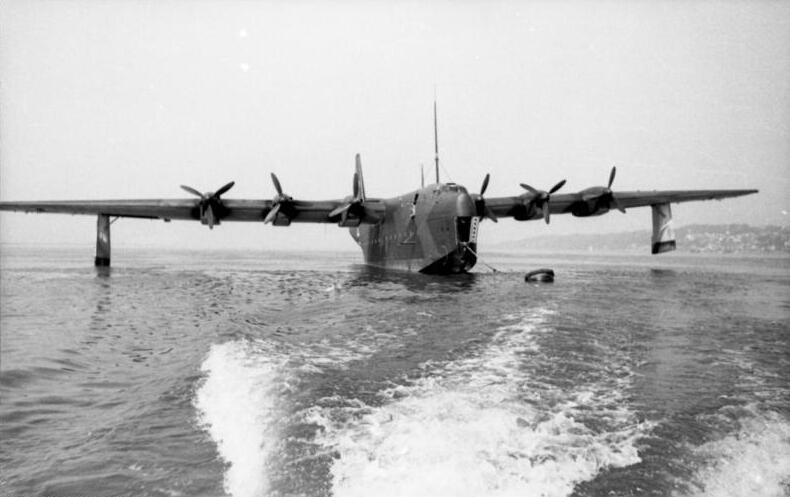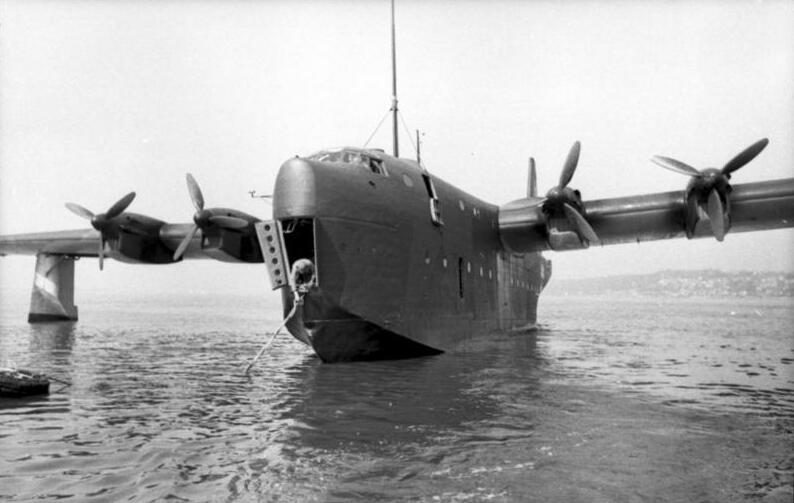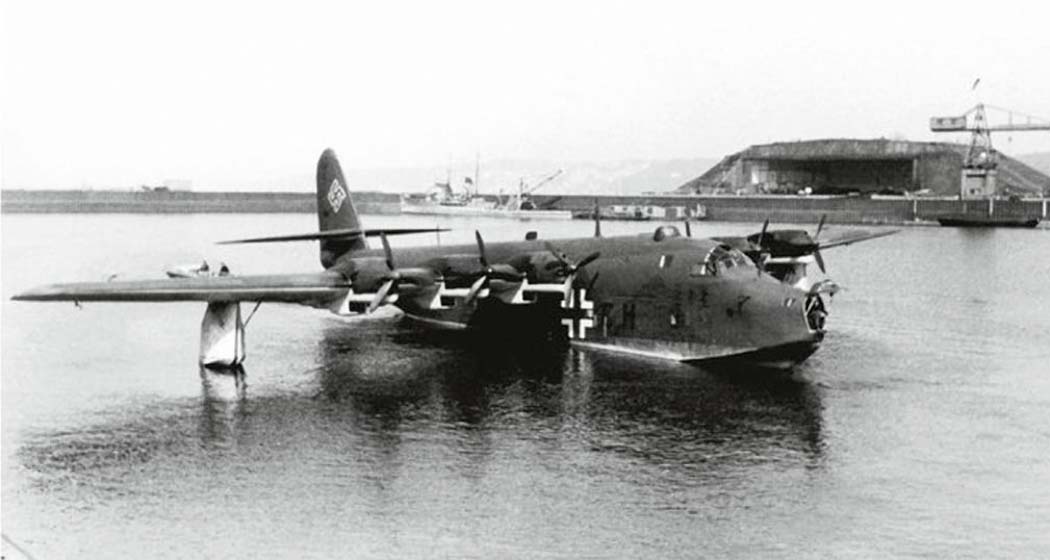Dark Alley Dan
CGN Ultra frequent flyer
- Location
- Darkest Edmonton
Such wee boats are adorable, but the Germans actually fielded something fair biggish: The BV-222 Wiking.



SIX engines, the sort of thing that would have given Howard Hughes an erection he could build a garage with.


Thirteen built. Three survived the war. One was scrapped by the British, one sunk by naval gunfire by the yanks, and a third was apparently scuttled in Trondheimfjord. She sits 213 feet down and there's talk of bringing her up for restoration. I like that idea very much.



SIX engines, the sort of thing that would have given Howard Hughes an erection he could build a garage with.


Thirteen built. Three survived the war. One was scrapped by the British, one sunk by naval gunfire by the yanks, and a third was apparently scuttled in Trondheimfjord. She sits 213 feet down and there's talk of bringing her up for restoration. I like that idea very much.
























































































